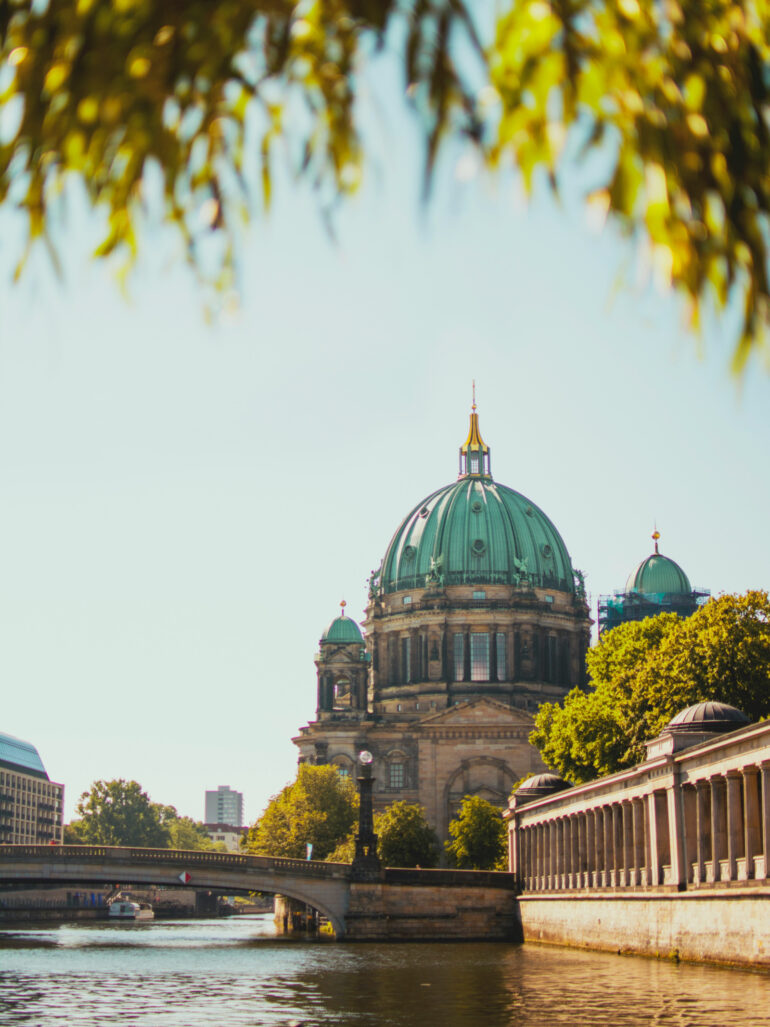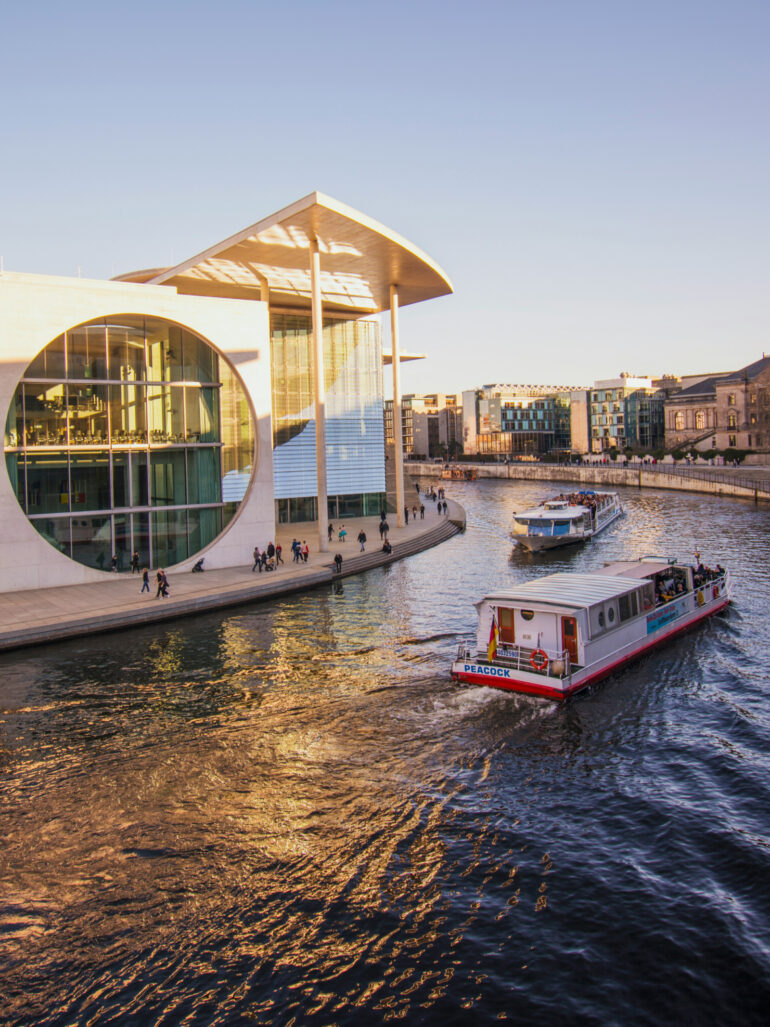The further north you go in Germany the more conservative the culture tends to get. Until you get to Berlin, that is. That’s where anything goes and continues to be the unwritten rule.
Words by Marc Graser
Photos by Julia Solonina, Jay Wennington, Daniel Lonn, Yannic Kress
The further north you go in Germany the more conservative the culture tends to get. Until you get to Berlin, that is. That’s where anything goes and continues to be the unwritten rule.
Despite signs of gentrification and commercialism, the counterculture spirit is still alive and well in this capital city, where there’s always been a willingness to challenge the status quo. A long and tumultuous history marked by division, social activism and political protest, often challenging power structures and advocating for marginalized groups, has a lot to do with that.
Berlin breathes acceptance. From a vibrant art scene that amplifies LGBTQ+ voices to fashion that flaunts individuality and blurs gender lines, the city pulsates with creativity. Its legendary nightlife at underground clubs to techno temples has a reputation for being hedonistic and experimental. Whether you thirst for leather-clad nights at the iconic Berghain club or bubbly drag brunches at cozy cafes, Berlin has your scene.
Some say the city’s alternative scene has lost its raw authenticity as it caters to tourists. But much of that change has positively influenced the look of modern Berlin, with new architectural styles and public spaces along the Spree River creating a more dynamic city that essentially embraces the best parts of New York, Miami, Milan and London—cities where queer and creative communities thrive.
The beating heart of Berlin’s LGBTQ+ scene can be found in Schöneberg, which has a long history of activism and acceptance, and is home to Nollendorfplatz, a popular square. Explore Neukölln for its edgy underground vibes, or the trendier Prenzlauer Berg. Other neighborhoods to explore are Kreuzberg, with an alternative vibe, and large queer population, while a younger crowd hangs out in Friedrichshain. All boast their share of charming cafes, restaurants, bars, shops and parks.
At night, hit up Schwuz, Berlin’s largest LGBTQ+ club, with multiple dance floors. Connection is a popular bar and club with a focus on electronic music and drag performances. Tom’s Bar is a classic gay bar with a cruisy atmosphere and a long history. Möbel Olfe is more relaxed with outdoor seating.
While Berlin’s nightlife deserves its fame, it’s important to remember the city offers so much more. Explore its historical landmarks, visit its renowned museums, or take a bike ride through its sprawling parks.
Visit the Schwules Museum, dedicated to LGBTQ+ history and culture, or see the poignant Memorial to Homosexuals Persecuted Under Nazism. The Magnus Hirschfeld Center is a museum and research center dedicated to the history of sexuality and gender identity.
Berlin knows how to throw an event. It boasts the largest Christopher Street Day parade in Europe. Film lovers should hit up the Berlinale, an international film festival with a strong focus on queer cinema. There’s also Berlin Fashion Week, and Gallery Weekend, a series of art exhibitions across the city.
There’s plenty to do in the city, but you can also use Berlin’s central location as a base to explore other nearby destinations like the charming Potsdam or vibrant Leipzig.
Also Read: Great Escape – South Africa







